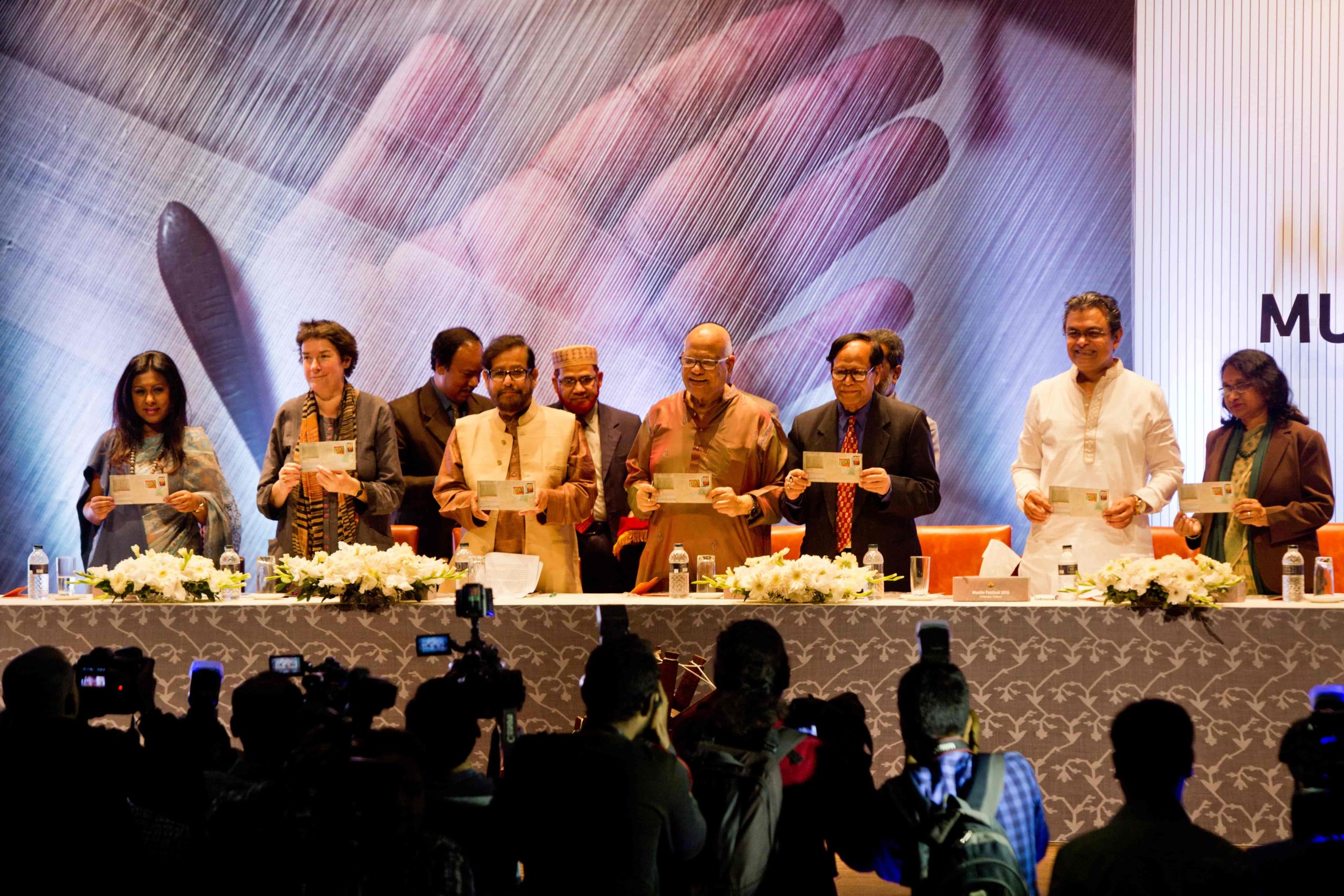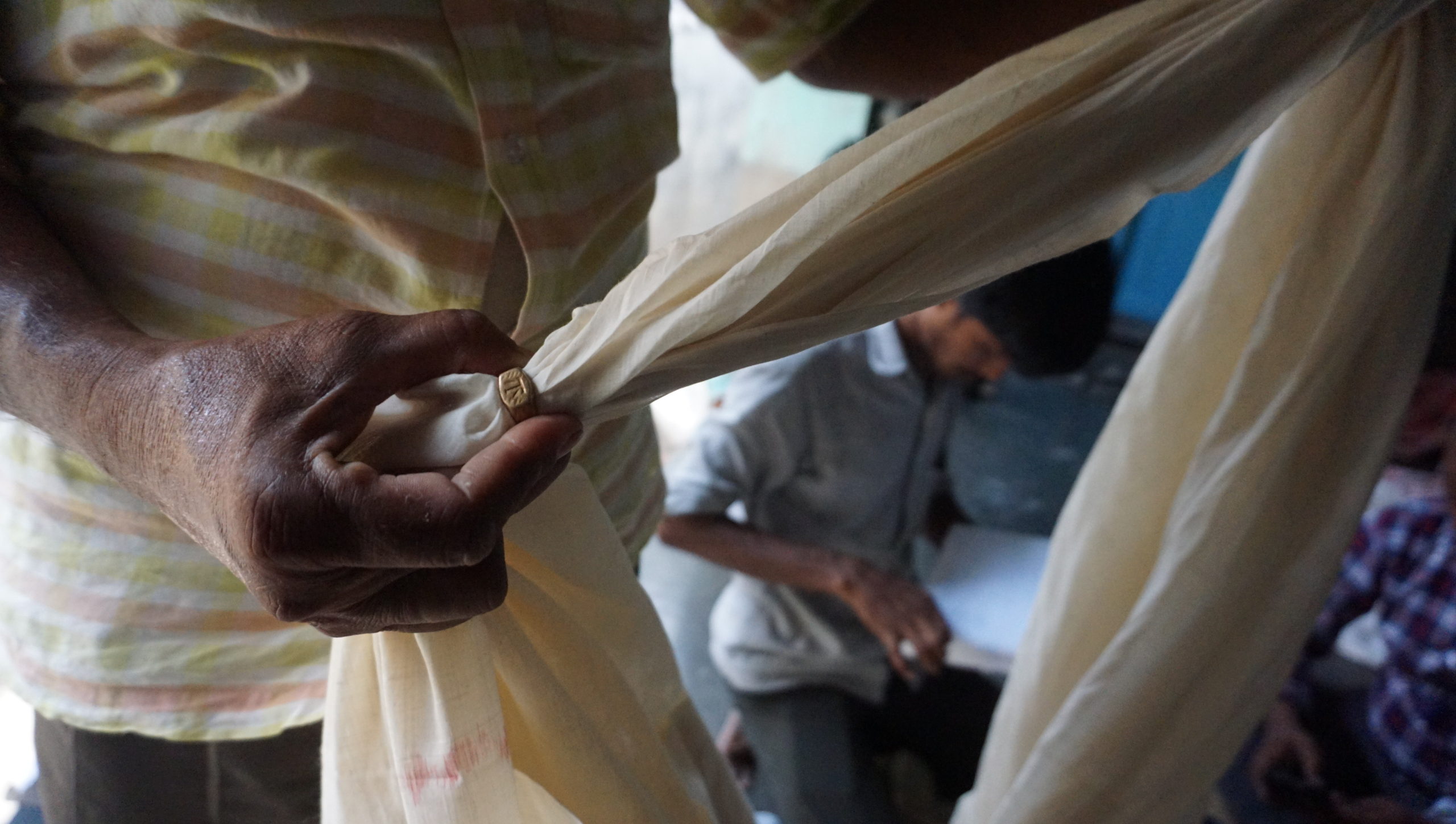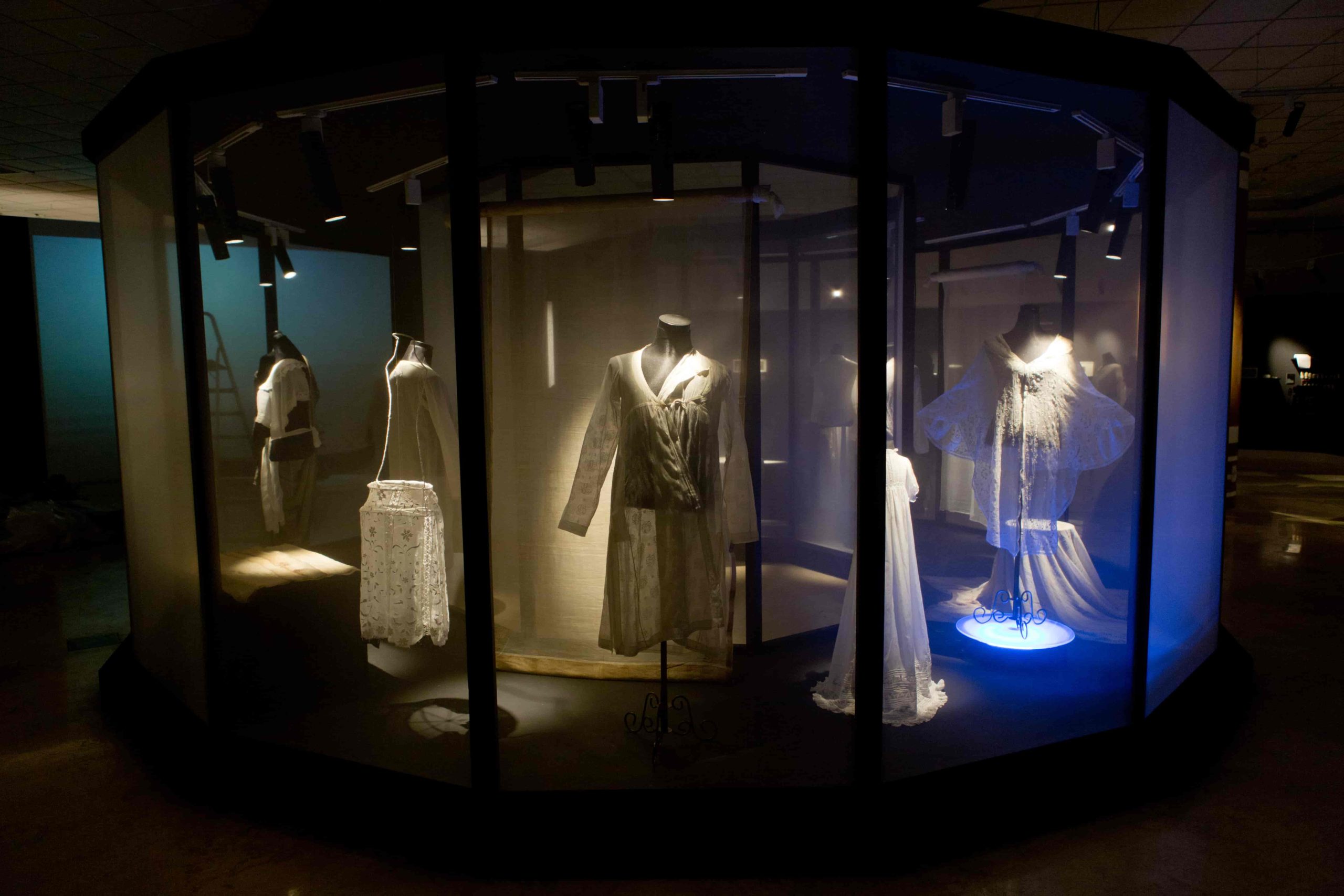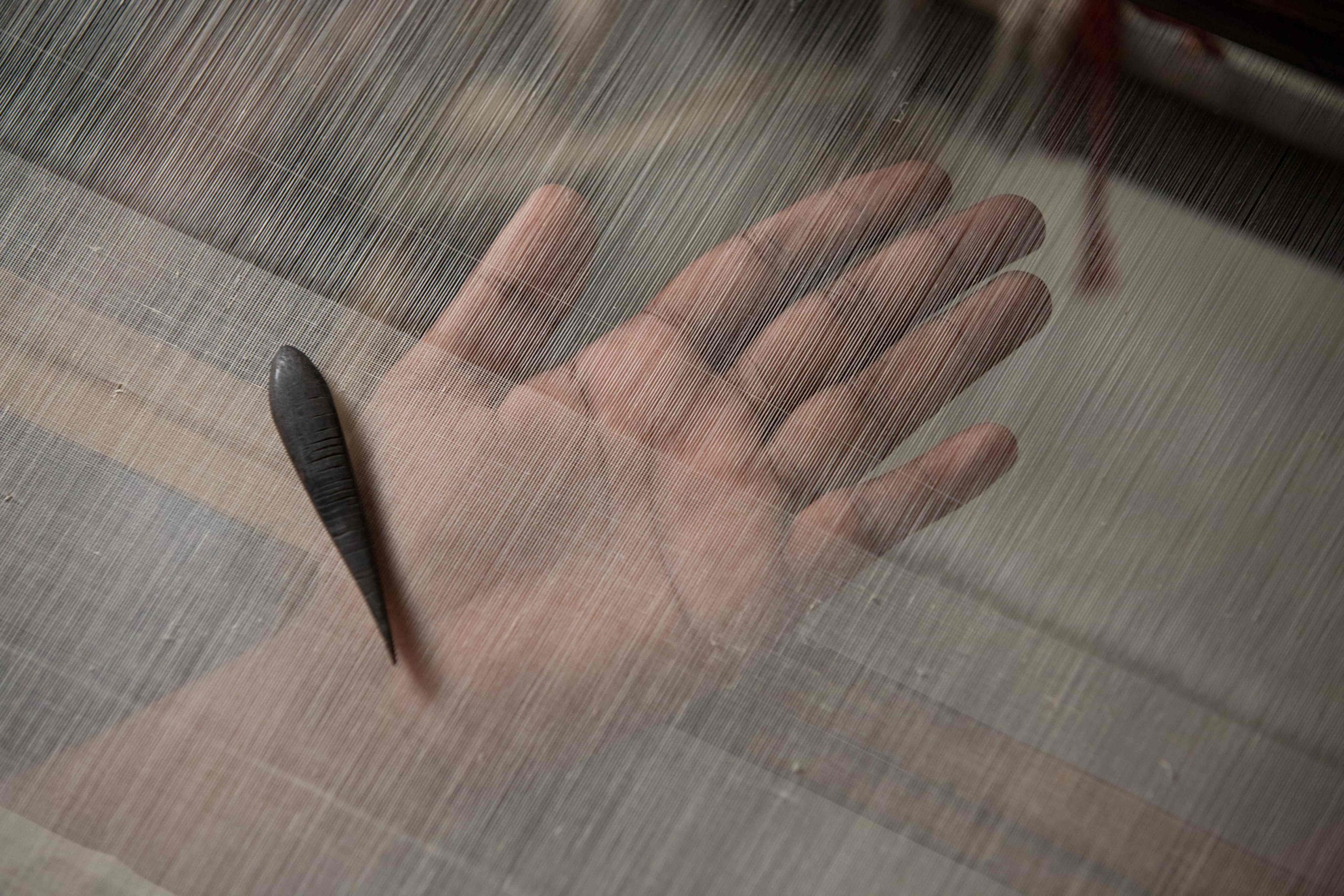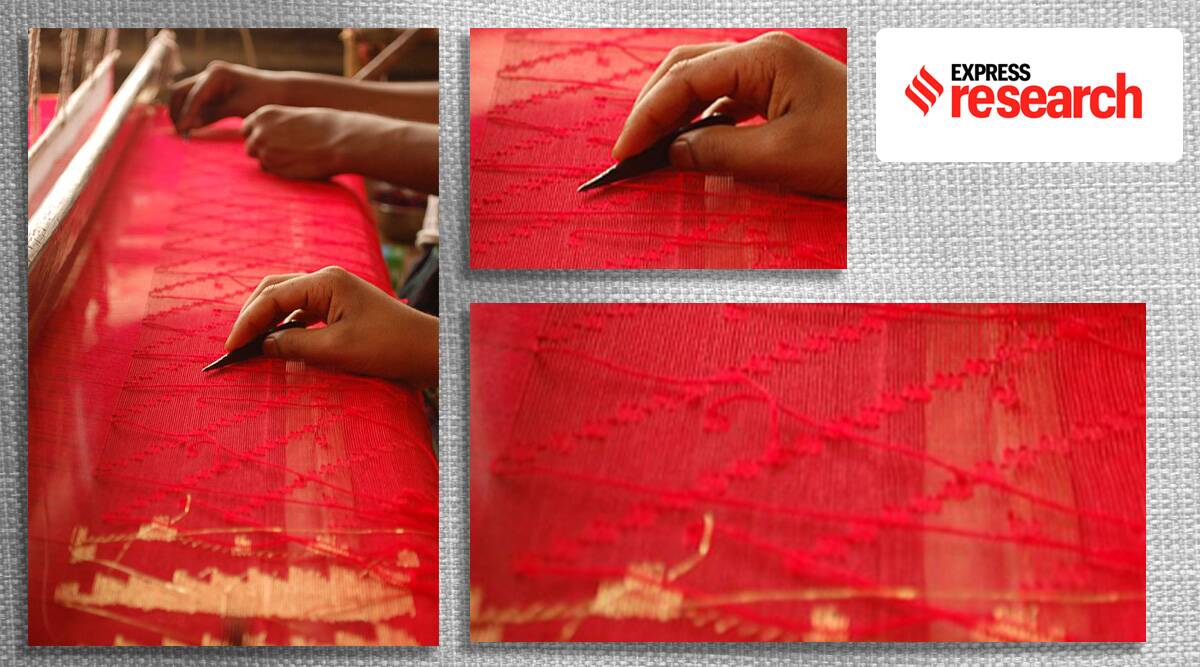- Tel: +880-2-8141817, 58153087, 9120125
- Email:info.bengalmuslin@gmail.com
Bengal Muslin
Reviving the legend
Our project is dedicated towards the revival of the fabled fabric known as muslin. It commenced in early 2014, and has successfully revived the story of muslin and its origin in Bangladesh, woven ‘new muslin’ of up to 400 count from cotton plants whose fibre is close to the original ‘phuti karpas’. Bengal Muslim has thus revived the heritage and production of the cloth in Bangladesh.
“Weaving Heritage into the Future: An Exclusive Interview with Saiful Islam, CEO of Bengal Muslin”
THE REVIVAL
Our goals are; to reveal the true history of the fabric and its connection with our land
and culture; to inspire its revival by researching and implementing the age old processes; to bring recognition to the ‘lost heroes’ i.e. the artesans, who have retained
the tradition.
Gossypium Arboreum Var. Neglecta (phuti karpas) was the unique cotton plant,
short stapled and red stemmed, that flourished on the banks of the river Meghna from which muslin’s high-count, fine yarn was woven.
It was one-of-a-kind festival, with a cultural show, (held at the residence of Dhaka’s Nawab’s, Ahsan Manzil) and an exhibition, along with a book launch, a seminar and a tour of muslin
producing areas.
On the 8th February, 2016, a group of textile experts including Rosemary Crill and Sonia Ashmore,
(both researchers from the V & A Museum, UK) were taken on a day long tour of
muslin’s historic areas.
From 5th February 2016, a month-long exhibition, arranged by Drik-Bengal Muslin and attended by over 100,000 visitors, was held at the Bangladesh National Museum.
Story of Muslin
Muslin’s history is rich, complex and beyond what is attributed to a simple craft. A
cloth so fine that at various times in recorded history it was described as ‘woven air’
and ‘the skin of the moon’. The Mughals called it ‘mul-mul’. The English traded,
exploited and exterminated the cloth. Its true history is finally being revealed.
Muslin’s manufacture involved sixteen complex processes which were carried out by
different castes, religion, gender, age and communities of which spinning yarn and
weaving the ‘flowered and figured’ (jamdani) muslin were the most complex activity and prized product.
The Bengal muslin industry was decimated by the policies of the East India Company. By using the re-discovered phuti karpas cotton (a 70% match), blending and spinning it in India, we have recreated saris up to 400 count in their original, Mughal era motifs.
William Bolt wrote in 1770, in his “Consideration on Indian Affairs”, that the Mughal
Emperor, Aurangzeb, once chastised his daughter for being naked although the
princess was fully clothed in seven layers of muslin. Read more such tales in this section.
We pioneered in researching muslin and published its definitive history; discovered ‘phuti karpas‘ cotton with a 70% match; wove 400 count ‘new muslin’ saris and held the Muslin Festival in Dhaka. Our pioneering efforts have inspired others, with whom we shared our research findings.
Information of Muslin
In early 2014, Drik commenced a special project on ‘Bengal Muslin’ with the intention of retrieving its history and process. Since then a large number of publications/news sites, both general and specialised, have reported on different aspects of this invaluable work.
It is an art that deserves revival. We continue to inform
the world about muslin’s heritage, weave and promote it’s products and recognise the artesans by improving their financial and working conditions.
Western view on muslin has prevailed till now. Serious research and efforts for its
revival were not done before our project. We believe that this craft deserves to be
recognised and supported as Bangladesh’s heritage.
We provide references to sources which are useful when you are seeking additional
information or context about muslin. Not much specific work was done earlier, but here are some reading material that can be a part of your overall study.
Multiple videos on muslin’s search, revival and subsequent reports are a part of this growing archive. Reversing the trend of colonial interpretations, bureaucratic secrecy and academic negligence, we have opened our information for everybody’s benefit.




